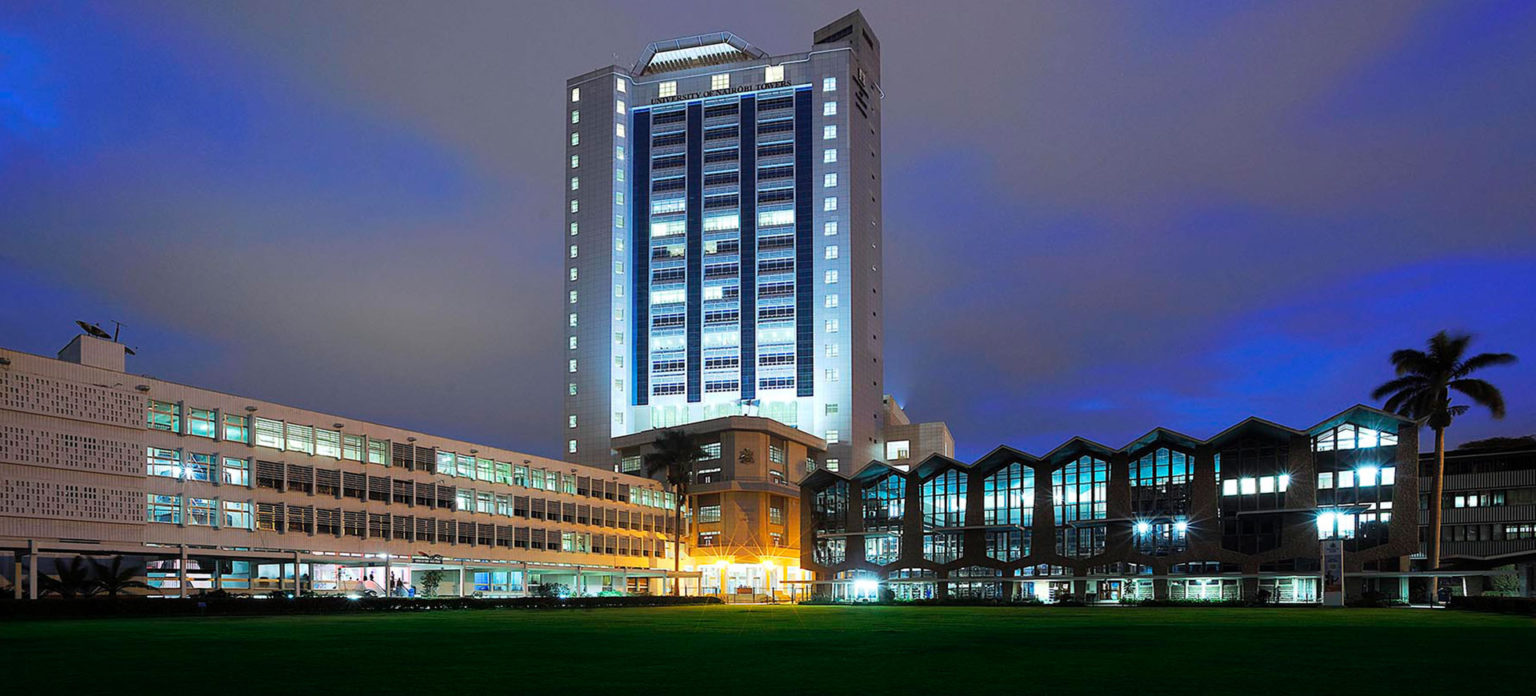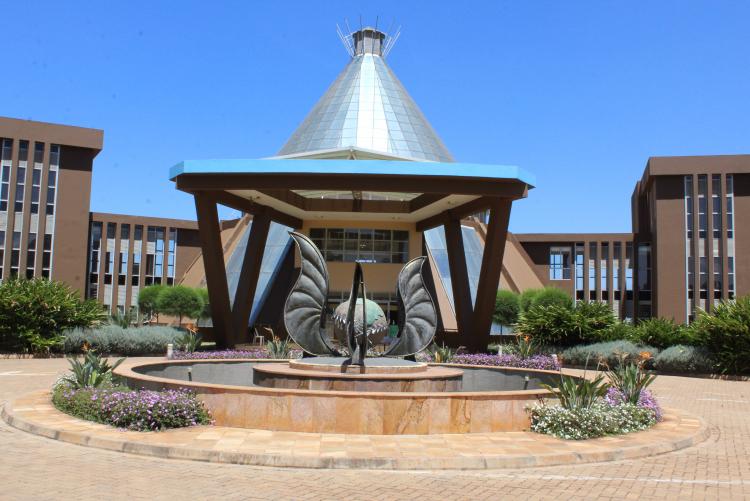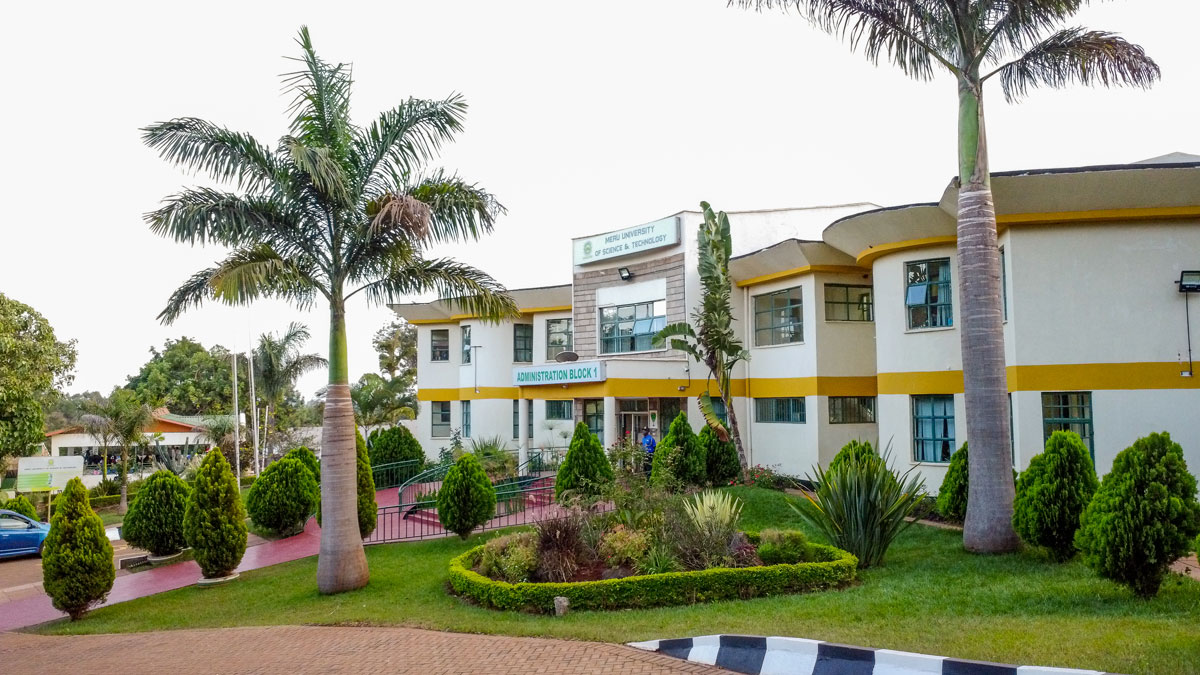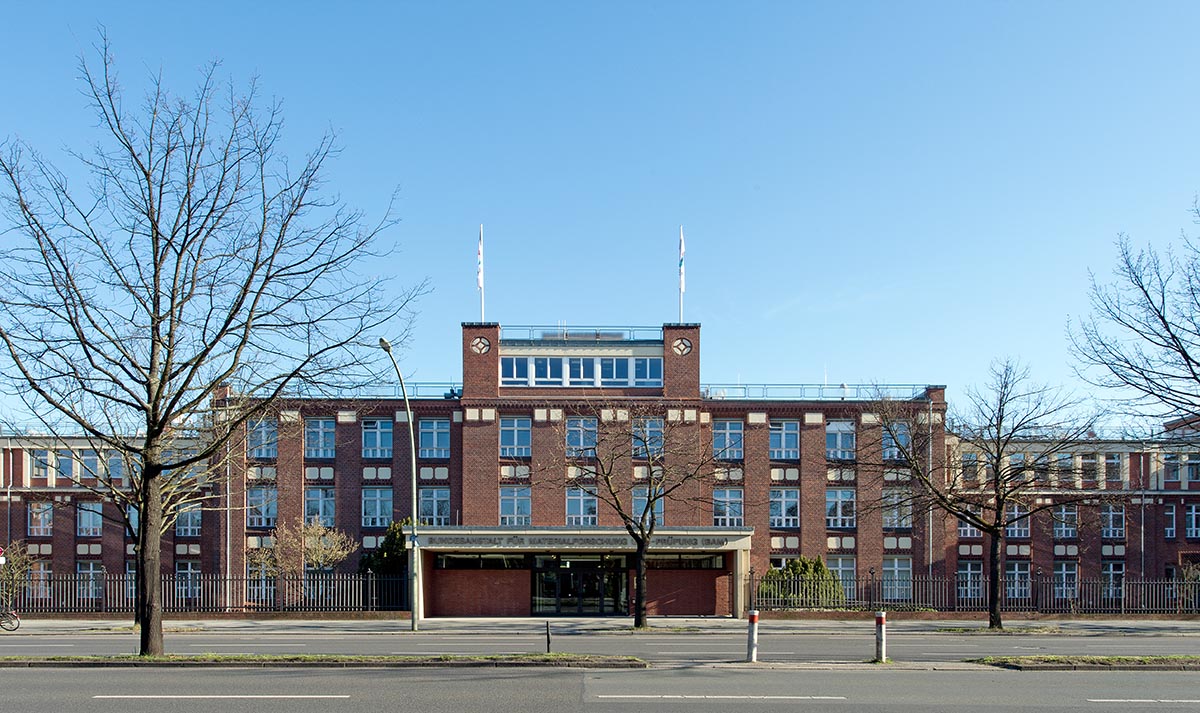
|
|
|
Hosting InstitutionsUniversity of NairobiKenya’s Premier Institution of Higher LearningThe University of Nairobi (UoN) traces its origins to 1956, when it began as the Royal Technical College of East Africa. It was later renamed the University College, Nairobi in 1961, serving as a constituent college of the University of East Africa. In 1970, it was granted full university status, becoming Kenya’s first national university.
Over the decades, UoN has grown into a premier institution of higher learning in Africa, renowned for its teaching, research, and innovation. Among its distinguished alumni is Prof. Wangari Maathai, the first African woman to win the Nobel Peace Prize (2004), who also founded the Wangari Maathai Institute for Peace and Environmental Studies at the University.
Today, the University hosts tens of thousands of students across multiple campuses, offering programs in diverse fields such as engineering, medicine, agriculture, social sciences, law, and the arts. It continues to play a central role in national development, policy research, and knowledge creation, living up to its vision of being a globally competitive University transforming society. The Department of Civil and Construction Engineering at the University of Nairobi is one of the oldest and most respected in East and Central Africa. Established in 1956, it has trained generations of engineers who have shaped Kenya’s infrastructure, from roads and bridges to water systems and high-rise buildings. The Department is recognized for its strong academic programs, cutting-edge research, and partnerships with industry, government, and international institutions, maintaining its reputation as a regional hub for excellence in engineering education and innovation. Meru University of Science and TechnologyAbout Meru University of Science and Technology (MUST)Meru University of Science and Technology (MUST) is a premier institution of higher learning in Kenya, committed to excellence in education, research, and innovation. The University’s Main Campus is located 15 km from Meru Town along the Meru–Maua Road. Since its inception, MUST has played a leading role in expanding opportunities for higher education and research. Over the years, the University has achieved remarkable growth in curriculum development, staff capacity, student enrolment, infrastructure, and international collaborations—cementing its reputation as a hub for academic and scientific advancement. 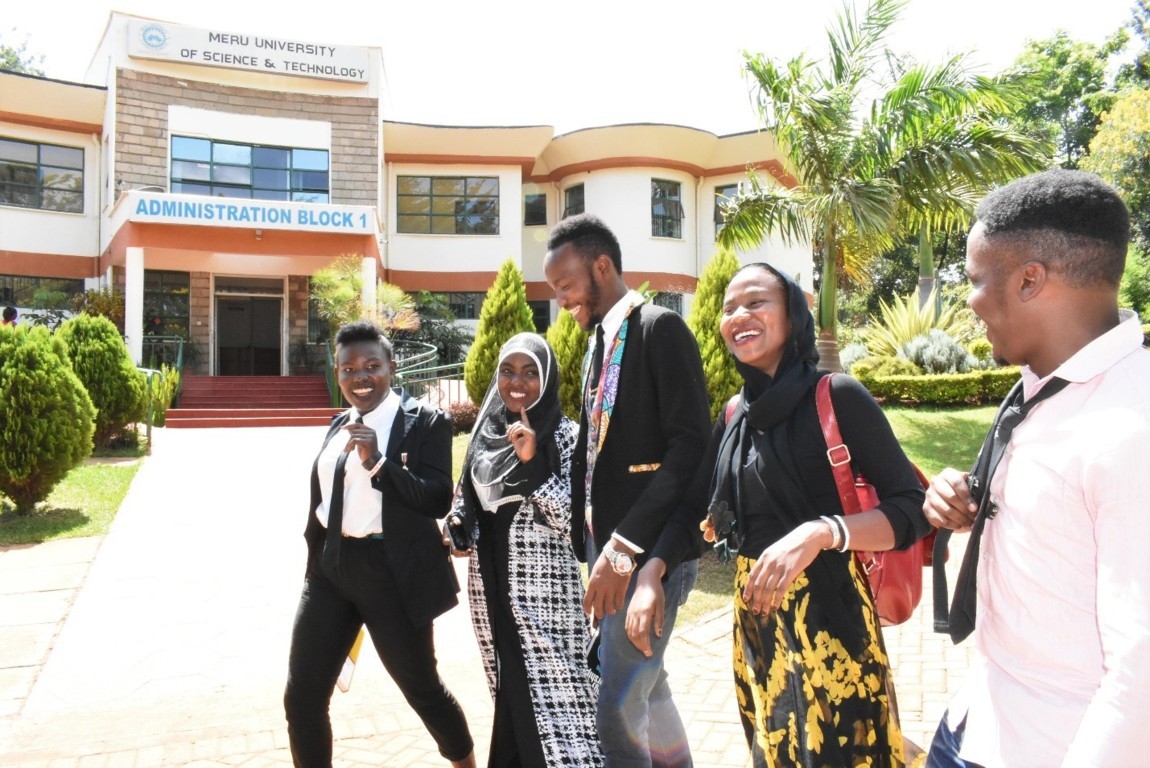
Institute of Cement and Concrete (ICC)Within MUST, the Institute of Cement and Concrete (ICC) serves as a center of excellence dedicated to advancing scientific research, postgraduate training, consultancy, and community outreach in cement and concrete technology. ICC provides a collaborative platform for professionals, researchers (including ERASMUS partners), and industry leaders to exchange knowledge, work on transformative projects such as LC3, and address key challenges in the construction sector. Through seminars, workshops, and conferences, ICC actively promotes networking, sustainability initiatives, and the dissemination of the latest developments in cement and concrete technology and quality control. Its work reflects MUST’s broader commitment to driving innovation and sustainable development in construction technology across Africa and beyond.
Bundesanstalt für Materialforschung und -prüfung (BAM)
About Bundesanstalt für Materialforschung und -prüfung (BAM)The Federal Institute for Materials Research and Testing (Bundesanstalt für Materialforschung und -prüfung), or BAM, is a German senior scientific and technical federal institute under the auspices of the Federal Ministry for Economic Affairs and Energy. It tests, researches and advises to protect people, the environment and material goods. Spanning over 150 years, BAM has evolved into one of the world’s leading authorities on materials science, technology, and chemical safety. Established in 1871 and building on the work of Germany’s earliest testing and research institutions, BAM continues to shape global safety standards that protect people, the environment, and critical infrastructure. The institution is controlled by the German Federal Ministry for Economic Affairs and Energy. Currently, BAM operates from its headquarters in Berlin and brings together more than 1,500 experts from over 55 nations. Its work spans a wide range of fields from analytical chemistry, materials engineering, and environmental science to energy storage, containment systems for hazardous goods, and structural safety. |
